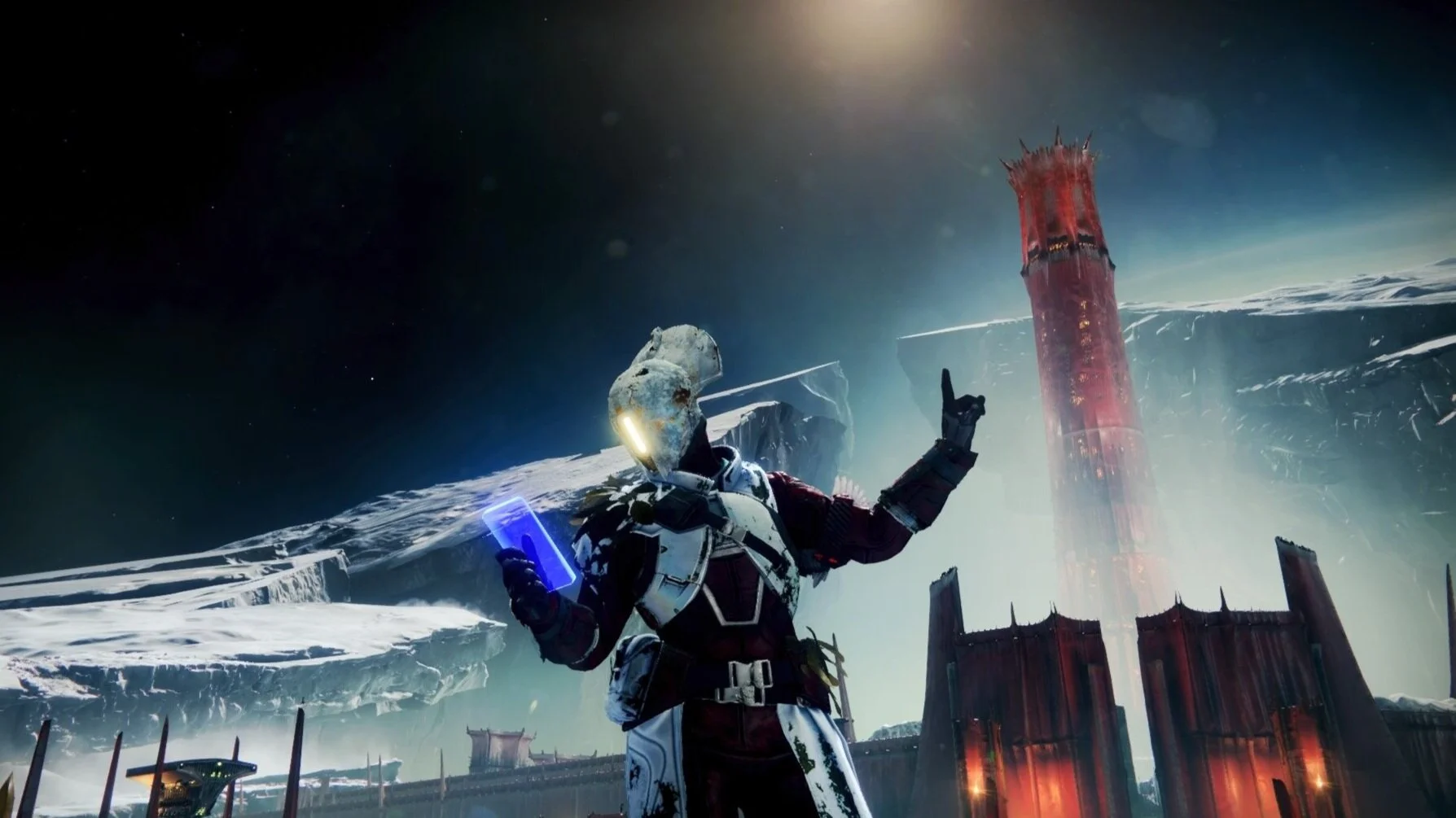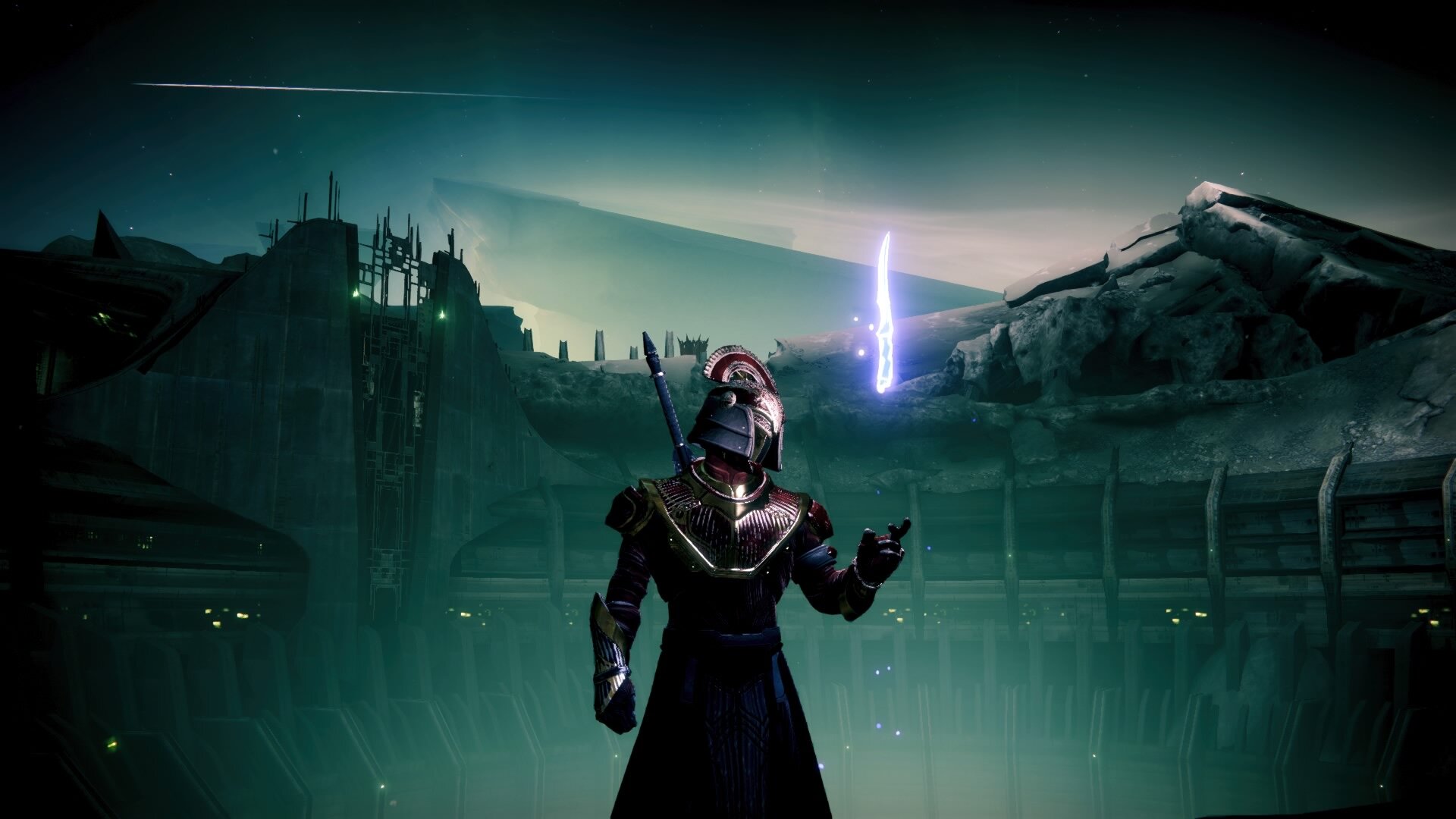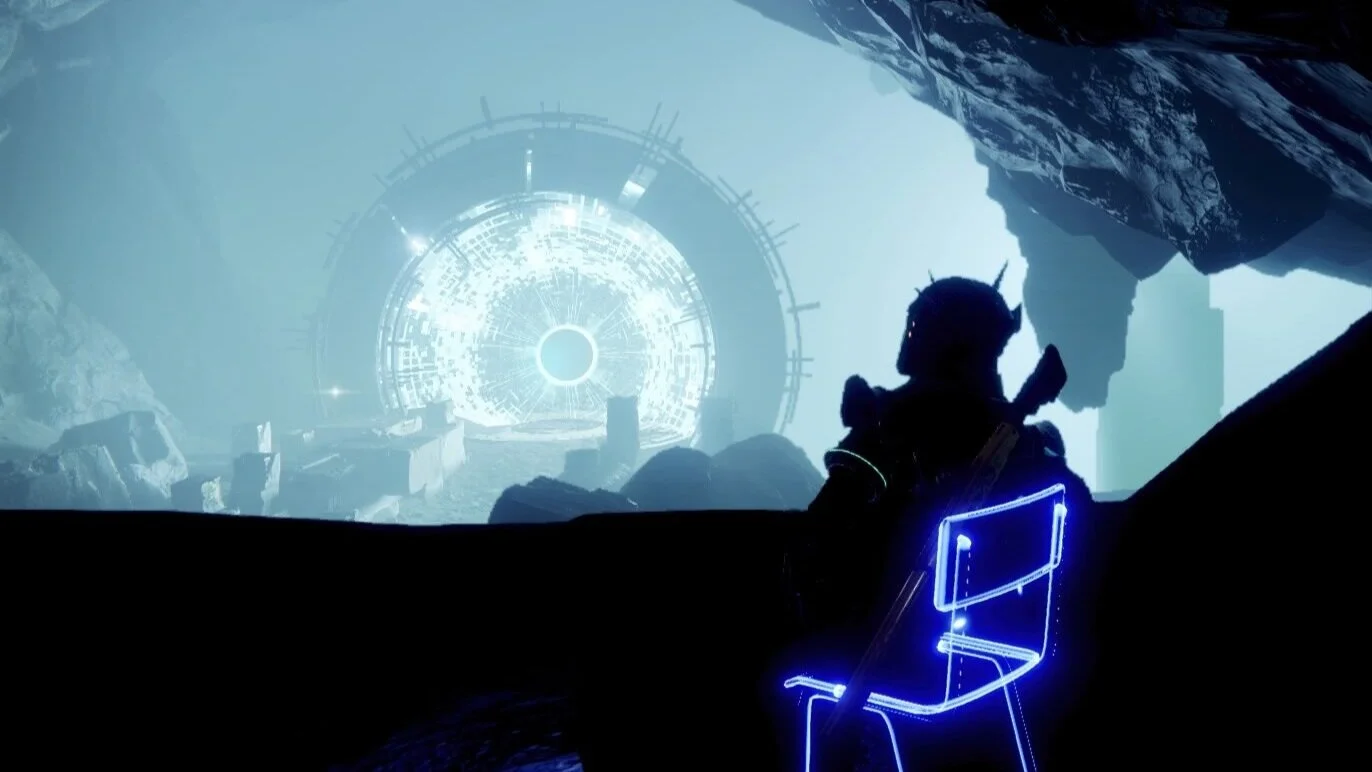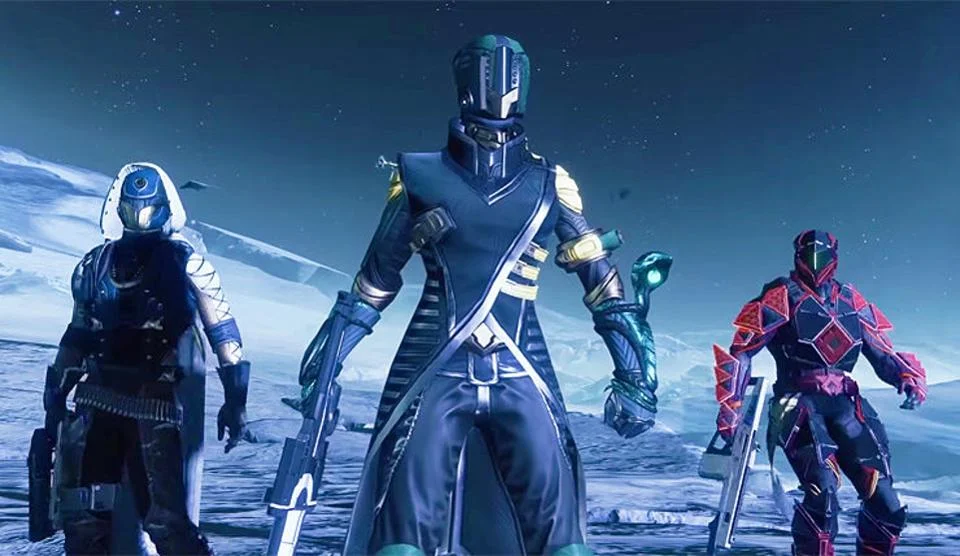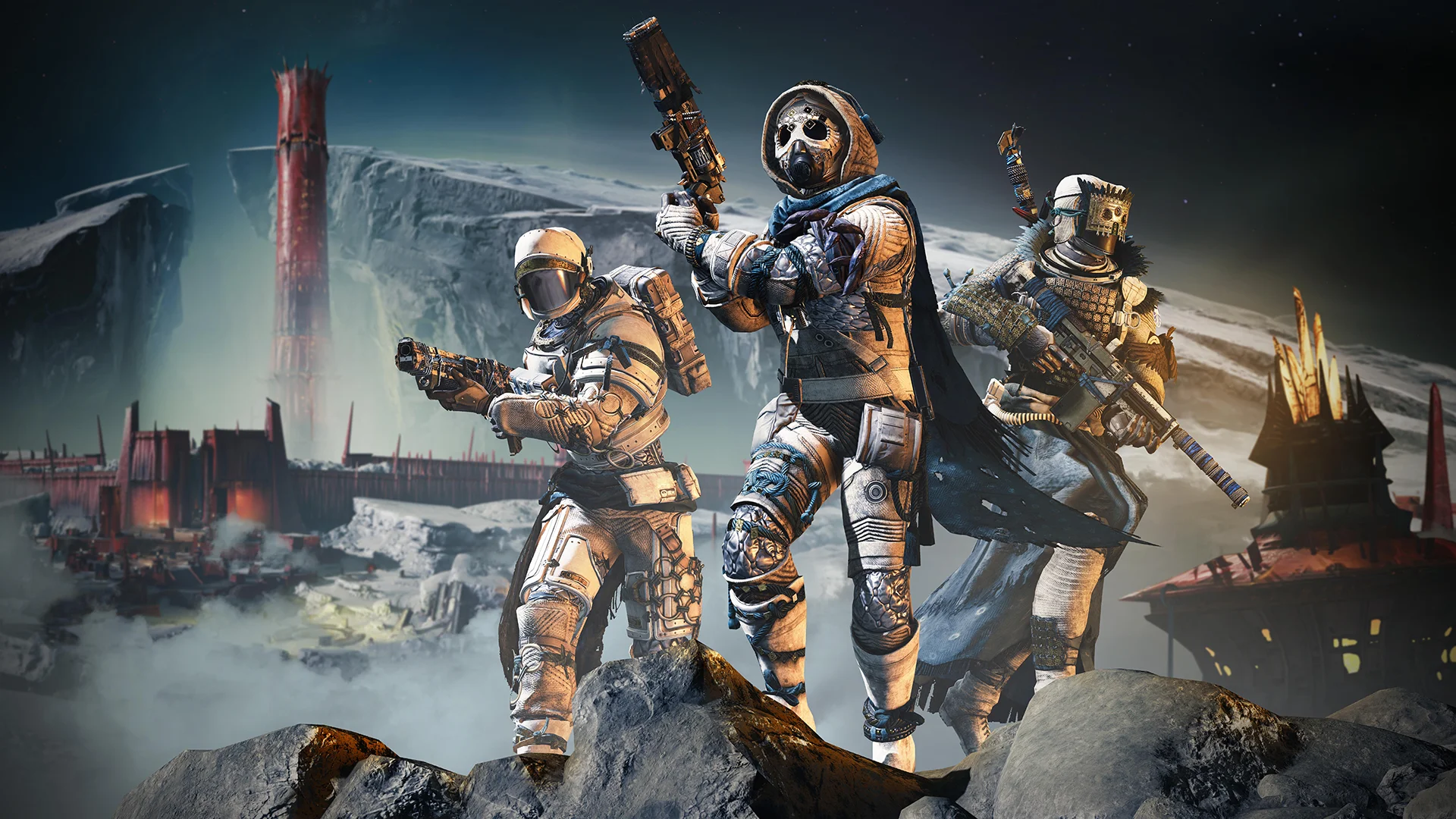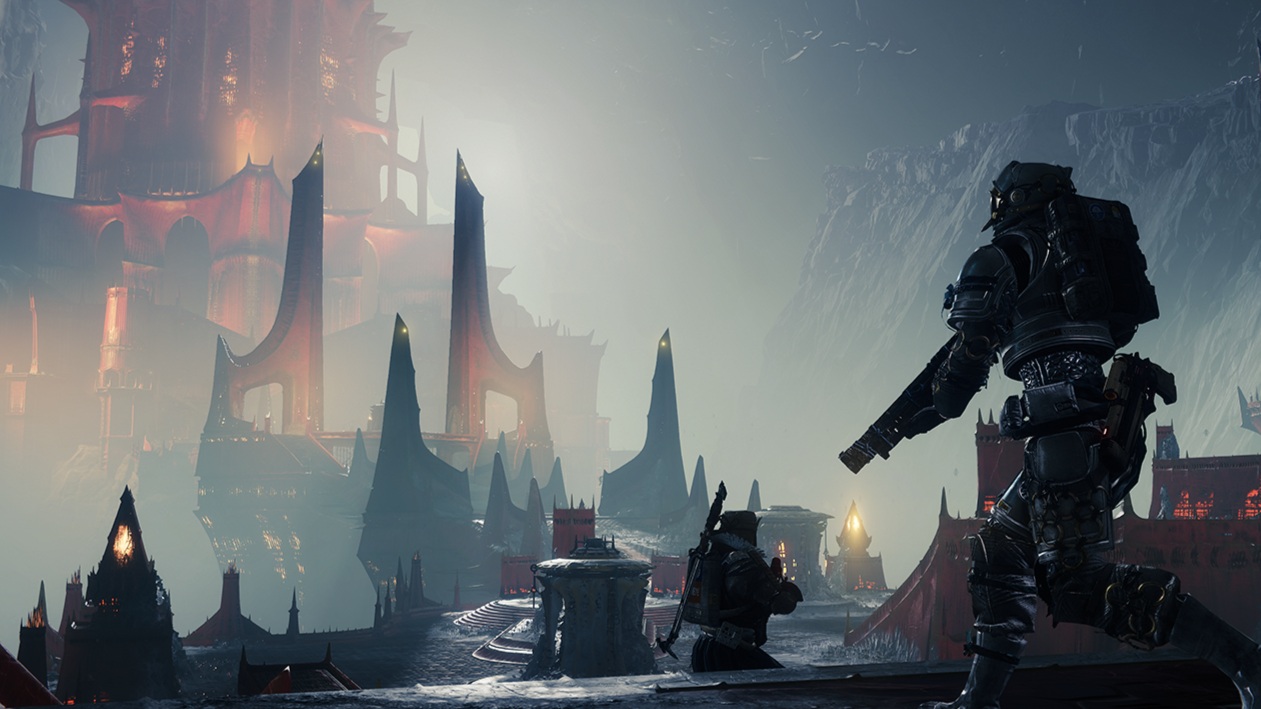How Reviewing Games Is Changing
Reviewing games, movies, and just about anything else takes time. A movie might take more than one viewing—television shows are time-consuming as well—but games require a special perspective when reviewing. When looking at a game, there might be thirty hours or more of gameplay. Now, it could be almost the same thing over and over again and playing a few hours will suffice. But maybe not. And a different game might only last a few hours, yet possess so many mechanics or hidden elements in the story and gameplay that multiple playthroughs are necessary for a deeper understanding.
That being said, Destiny 2 was in the category of games needing only a couple of hours of play to grasp the main gist what the next sixty hours would entail. It would have a straightforward campaign, some fancy and hidden guns, and maybe a new community event or multiplayer maps along with a raid. With each expansion or seasonal content drop, we would see basically that same mix of things repeated every three months or so. Most hardcore players blow through all the content in under a week and grind for the best guns or perfect random rolls for armor (and such) for the rest of the time. Being able to finish most of a content drop within that short timeframe made it simple enough to complete reviews. However, Bungie is changing things a lot.
Where Things Started To Change
Starting with last year’s Forsaken launch, we saw the release of secrets and additional content at random times in the lull between content drops. A new dungeon, an exotic weapon quest, and other activities gave much more for the player to chase past the first week. The campaign of Forsaken may have been completed in a few hours, but the real conclusion of the story happened months later, and the story was told through various small cutscenes over time.
Now that Bungie is working independently, they are relying more heavily on this type of content delivery system. Last week, we got Shadowkeep, which boasts an excellent story. Between the various missions killing Nightmares and Eris Morn dealing with her own issues—not to mention a huge reveal at the beginning and end—I was very satisfied with what I got. But I was mostly happy with the short campaign because I knew that we would be getting more narrative pieces as the weeks progressed and that all the seasons moving forward would tell a larger overarching story with small revelations to push it forward.
How to Look at Destiny 2 Moving Forward
Most video games play like action movies—lots of quick character development, one main storyline with some sub-plots, and action (gameplay) whenever people aren’t talking. However, Destiny 2 is taking the television show approach—an entire series may take seven seasons to see a character fulfill their ultimate quests, but each season is self-contained and well polished in its own right. This is how things will be developed from here on out as long as the community and Bungie both agree.
So, the reason I blabber on about all this madness is that we can’t assign a simple score to the Shadowkeep expansion yet because every week there will be new activities, new difficulties, new weapons, and new story elements. Bungie hasn't served a dish of spaghetti, they’ve sat us down for a four-course meal. How can you judge the dessert when you’re halfway through the entree? Nearing the end of the season, we will have an in-depth review of Shadowkeep/Season of the Undying, but for now, we will look at the weekly infusion of new game content and the balancing changes (and other alterations) Destiny 2 is experiencing.
Check back very soon for our current thoughts on Shadowkeep and the season overall. Also, let us know how you are enjoying Shadowkeep and Season of the Undying. How far are you on the season pass and what are you excited for later this season?
